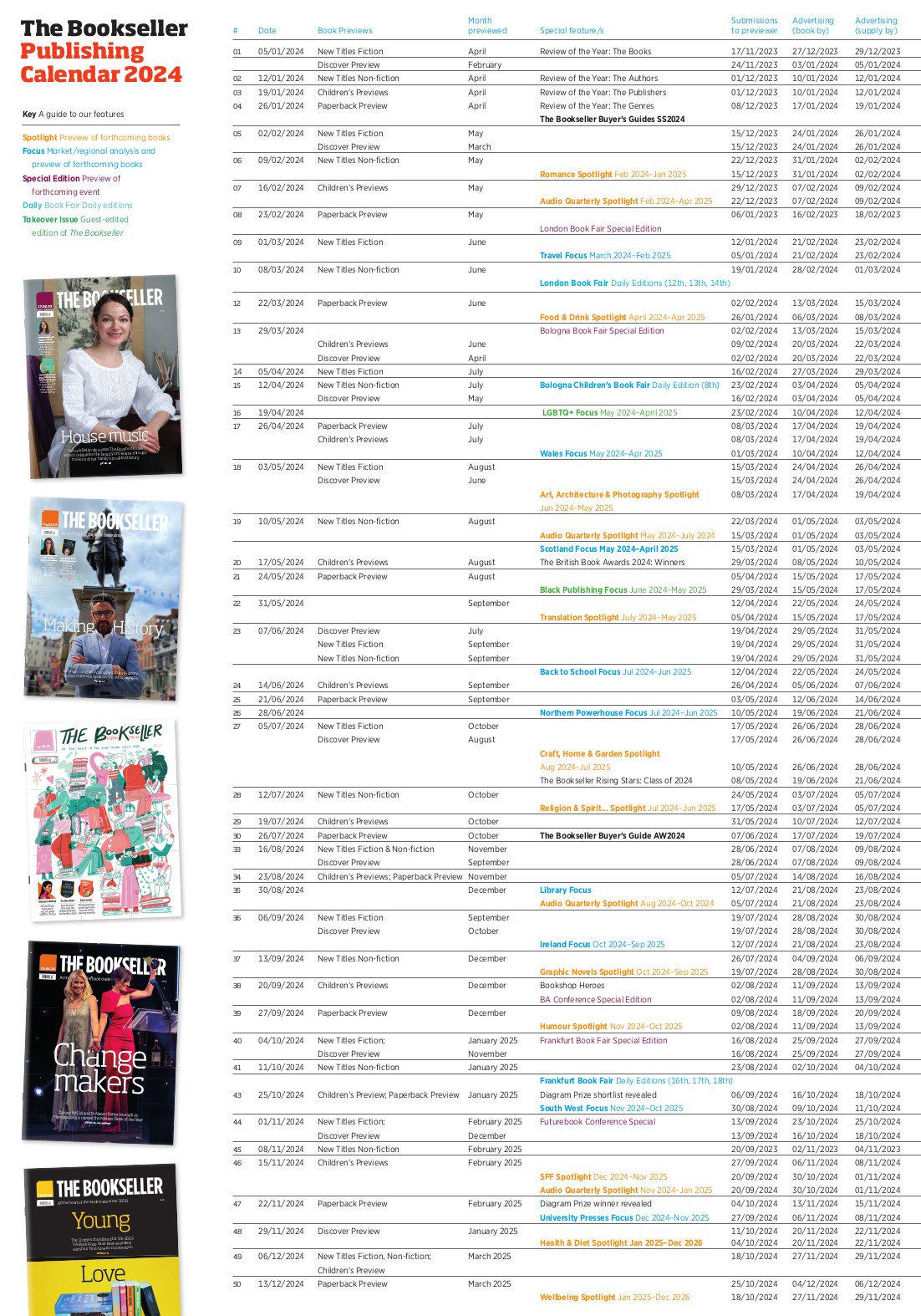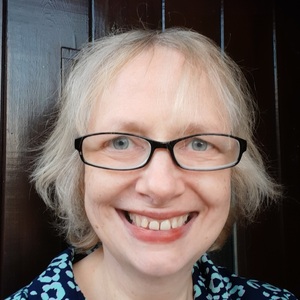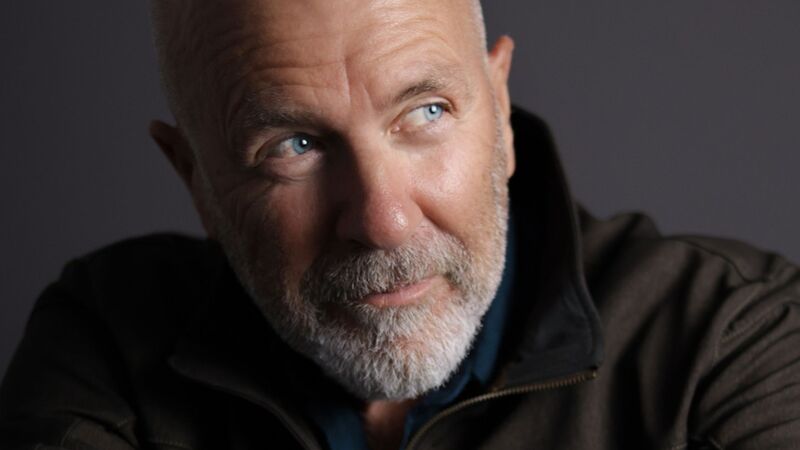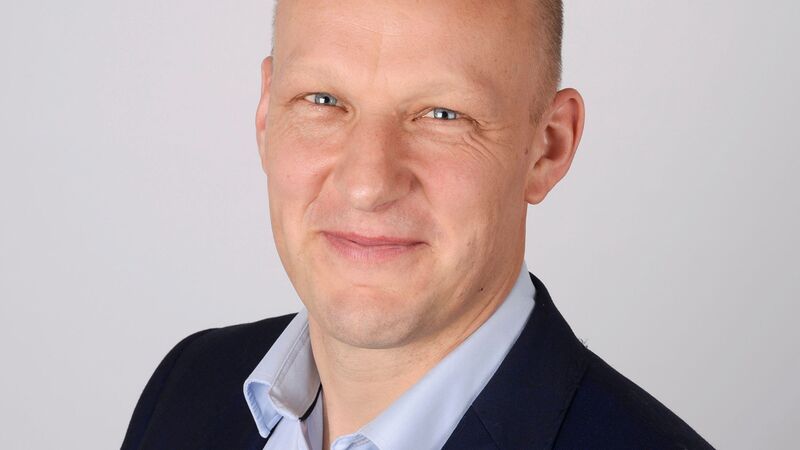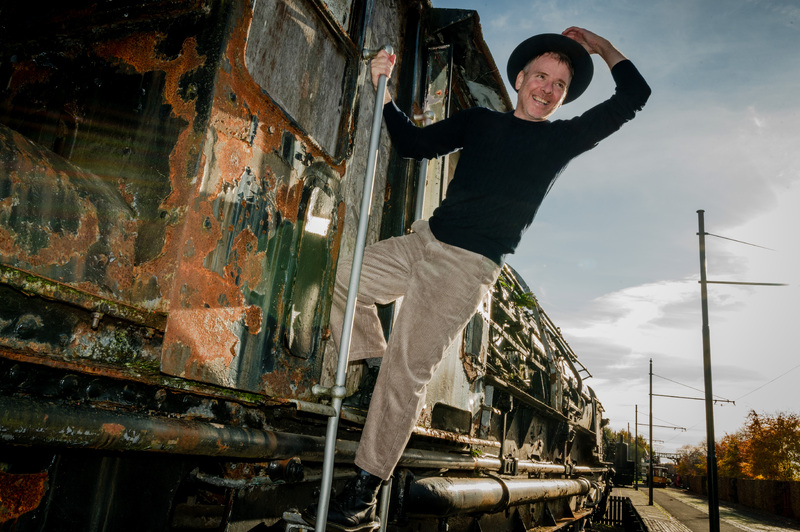You are viewing your 1 free article this month. Login to read more articles.
Audrey Niffenegger: A highly unusual marriage
Published by the San Francisco independent MacAdam/Cage, Audrey Niffenegger's début novel The Time Traveler's Wife is riding high in the US bestseller lists this autumn; the British edition (Jonathan Cape, 1st January 2004, £12.99, 0224071912) is also attracting a warm response from the UK trade (see Booksellers' Choice, pages 28 and 29).
The author is a 40-year-old Chicago artist who teaches at the Center for Book and Paper Arts at Columbia College, an experimental-sounding programme where paper making and letterpress printing are taught in combination with installation work and performance arts.
Before The Time Traveler's Wife, Niffenegger had bound and printed her own novels-in-paintings--with titles such as Three Incestuous Sisters and The Adventuress--producing tiny editions of just 10 copies to be sold through art galleries.
The transformation into full-scale novel writing came about simply by following her creative instincts. She explains: "I got the idea for the title, and when I draw I have this big drawing table covered with brown paper, and I write ideas down on the paper. So I wrote down this title and after a while I started to think about it. I couldn't think of a way to make it a picture book because still pictures don't represent time very well, so I decided to write a novel."
The premise of The Time Traveler's Wife (the Cape edition uses the American spelling) is of a warm and loving relationship between Clare and Henry, a Chicago couple. The relationship is complicated though by Henry's involuntary time travel, an activity caused by a genetic disorder, which plunges him repeatedly into his own past.
Consequently the couple's story of love, marriage and parenthood is regularly interrupted by Henry's arbitrary arrivals and departures; also, Clare's experience of the relationship is often out of sync with that of her husband, who may be on one of his visits from the future. So they meet when Henry is 36 and Clare only six; yet marry when Henry is 28 and Clare is 20.
The complex juxtaposition of their different chronologies is fascinating--Henry, for example, delivers what Clare experiences as their first kiss rather carelessly, since for him it is by no means their first encounter--and the book also brings out all the human poignancies involved in the passage of time. On one occasion Henry experiences with a jolt the contrast of his wife's fresh hopefulness in her younger years, as he travels back from a time where experience has made her optimism more muted.
Fittingly, Niffenegger wrote the book in nothing like the order in which it now appears. "I started by writing the ending," she says. "I kept two timelines, one with the order in which things happen chronologically and another where I was keeping track of where Henry was coming from and what he would know at any given moment. I wrote the book scene by scene, and out of order."
The experience gave her an acutely heightened sense of the curious ways in which time is experienced on a day-to-day level. "When you look in the mirror, you're probably just thinking how your make-up is, but if you were in the mood to do so you could see in the face you have now, all your previous days. And when you run into a friend you haven't seen for a long time, they suddenly age five years in front of you.
"It's like suddenly becoming conscious of breathing; ordinarily you just breathe, but if you think about breathing it becomes this very strange activity. All the ordinary things about the way time moves--like how quickly it goes if you get immersed in something, and then look up and suddenly it's four o'clock--those things are very strange if you stop and think about them."
Yet Niffenegger insists that it was the human relationship between Henry and Clare that she found most curious. "Ironically, I am not somebody who has been reading a whole ton of time travel books. The more I thought about it, the more I realised that what I was interested in was their relationship, their marriage." She describes this as the biggest challenge in producing the book, since she is unmarried herself--although she has a long-term partner. She has "never even lived with anybody", she says. "When people ask, 'Is the book science fiction?', I say, 'Yes, the science fiction is the marriage.'"
Niffenegger is now at work on her second novel--set in and around Highgate Cemetery--and will be visiting London, both for PR and to research the new book, in January.
Benedicte Page



